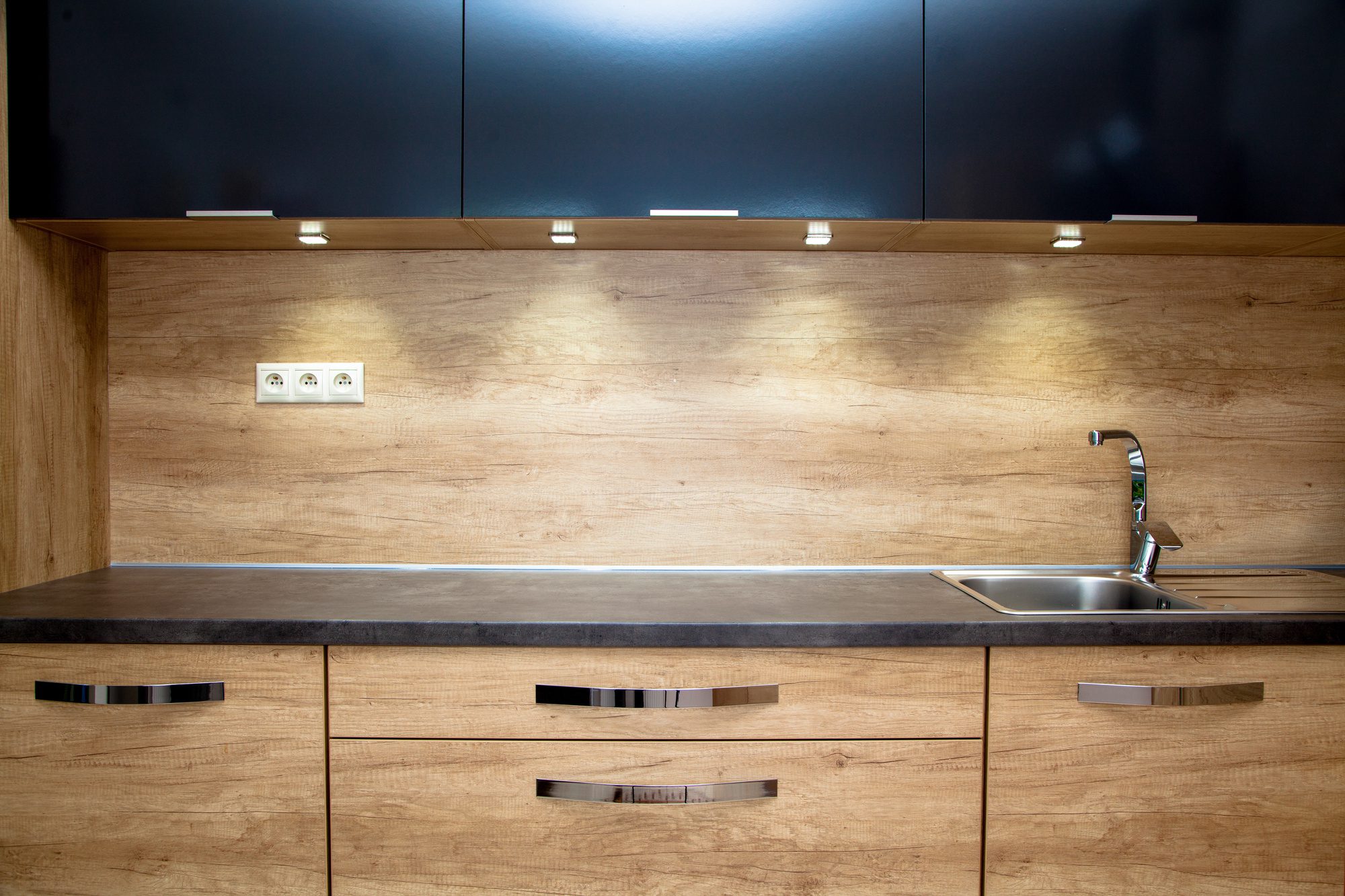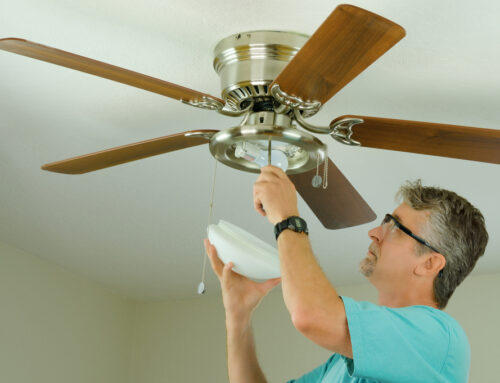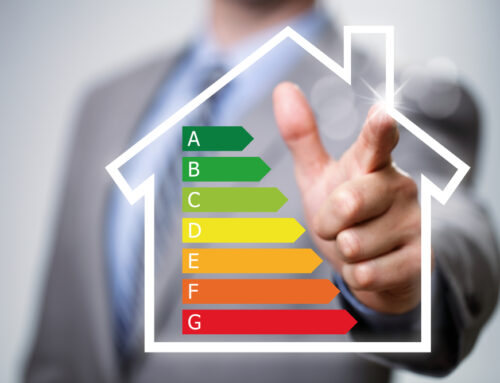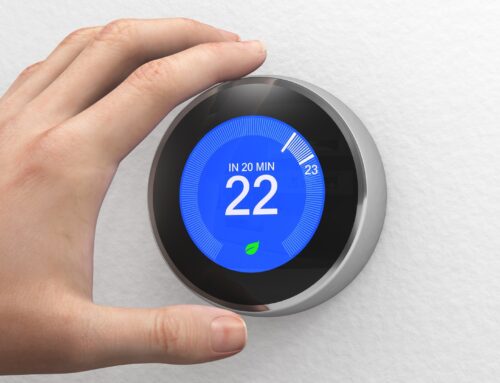Although most households use a mixture of different types of bulbs, more and more Americans are making the switch to LED lighting options specifically.
LED, which stands for light-emitting diode, is an efficient lighting option that produces less heat and uses less energy.
Are you considering getting LED lights for your home? It can be a great decision to make if you want to save money or change your home environment.
If you’re ready to switch to LED lighting, keep reading below to learn our top 4 tips to do it right.
1. Check for Energy Star Products
Before you purchase anything, you should know that Energy Star certified products are the best thing for you to look for when you’re making the switch to LED lights.
On Energy Star products, you’ll find a “Lighting Facts” label that will tell you what you should know about the product and how it will save or conserve energy. It will mention the energy cost, appearance, brightness, and more.
Keep in mind that not all LED lights have been certified as Energy Star rated, so this is something that you’ll want to pay attention to before you buy.
2. Replace the Most Used Bulbs First
To get the most out of your lighting options and making this switch, you should start with the lights that you have on most often. This might be lights in the kitchen, lights outside your home that you leave on at night, or lights in your hallways.
If you replace these bulbs first, you’re making a smart decision financially. The sooner you replace the bulbs that are burning most often, the sooner you’ll start saving money.
3. You May Want to Experiment With Color Temperatures
LED lights, whether they are interior or exterior lights, come in a lot of different color temperatures. Every bulb will have a correlated color temperature (CCT), and this matches with the Kelvin temperature scale.
If there is a low number of Kelvins, the light will be warmer and more yellow-toned. If there is a high number of Kelvins, the light is going to be cool and blue-toned.
The color temperature of your lights is going to change the way a room looks and feels, so this is something to consider. No matter what you decide, color temperatures are a personal preference and can be planned for whatever suits you best.
4. Don’t Just Look at Wattage
Incandescent bulbs have a well-known correlation between watts and brightness. LED bulbs, however, use wattage as a way to measure the amount of energy being used.
Wattage doesn’t tell you how bright an LED light would be like it would an incandescent light. Instead, LEDs use lumens to rate their brightness.
The wattage from incandescent bulbs also indicates lumens. For instance, a 60-watt incandescent light will have 800 lumens. If you want a light for a room to replace this light, you’ll want to look for an LED light that has close to that many lumens (if not more).
Are You Ready for LED Lighting to Light up Your Life?
You’ve made the choice to switch to LED lighting, which will be great for your wallet and the planet.
LED lights are a great investment. They will help you create the atmosphere in your home that you have been looking for.
If you need help getting your lights set up, we are here for you! Contact us today to find out more about our services and how we can help.






